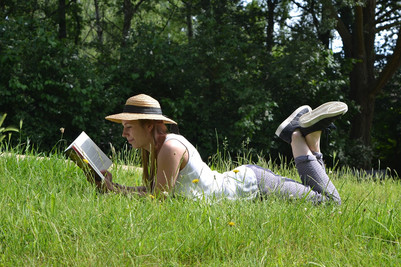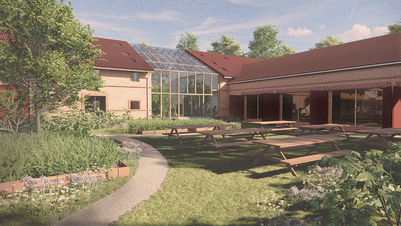
How can nature-architectural space interaction improve the health and well-being of citizens?



The Royal Danish Academy invites you to Nature-In research world at the grand annual exhibition show ”BEHAVIOR/WELFARE: how can behaviour improve health and welfare?”
Development and design of the modern built environment deprives us of the human health and wellbeing benefits of daily interactions with the natural world, which is not only an ideal lifestyle, but a right.
Biophilic Design is an emerging approach that pursues sustainable design strategies to reconnect people with the natural environment. It refers to subjective multi-sensory experiences, to the desire to connect to a place and the natural environment, and to how specific scenery can evoke responses related to personal memories. It represents an architecture of the senses, a biological understanding of architecture. The feeling of refuge, prospect patterns, mystery evoking incomplete experiences of wonder are classified as biophilic attributes among others, where imaginative experiences take place. Biophilic Design deals with sensory experiences of energy, rhythm and balance, horizontality and verticality, gravity, orientation or flow and has to do with the perception of harmony, where the sense of beauty prevails. There are many folds to consider.
My vision shows how some architectural pieces in Japan and Denmark act as outstanding experiences of phenomenon of Nature through my pictures. Visitors can experience the interiors studied on a real 1:1 scale. The diversity of these biophilic experiences cannot be conveyed by a simple medium such as a photograph, but an image of nature can provide some benefits. The exhibition is coming to an end on March 23. Don´t miss it.

















